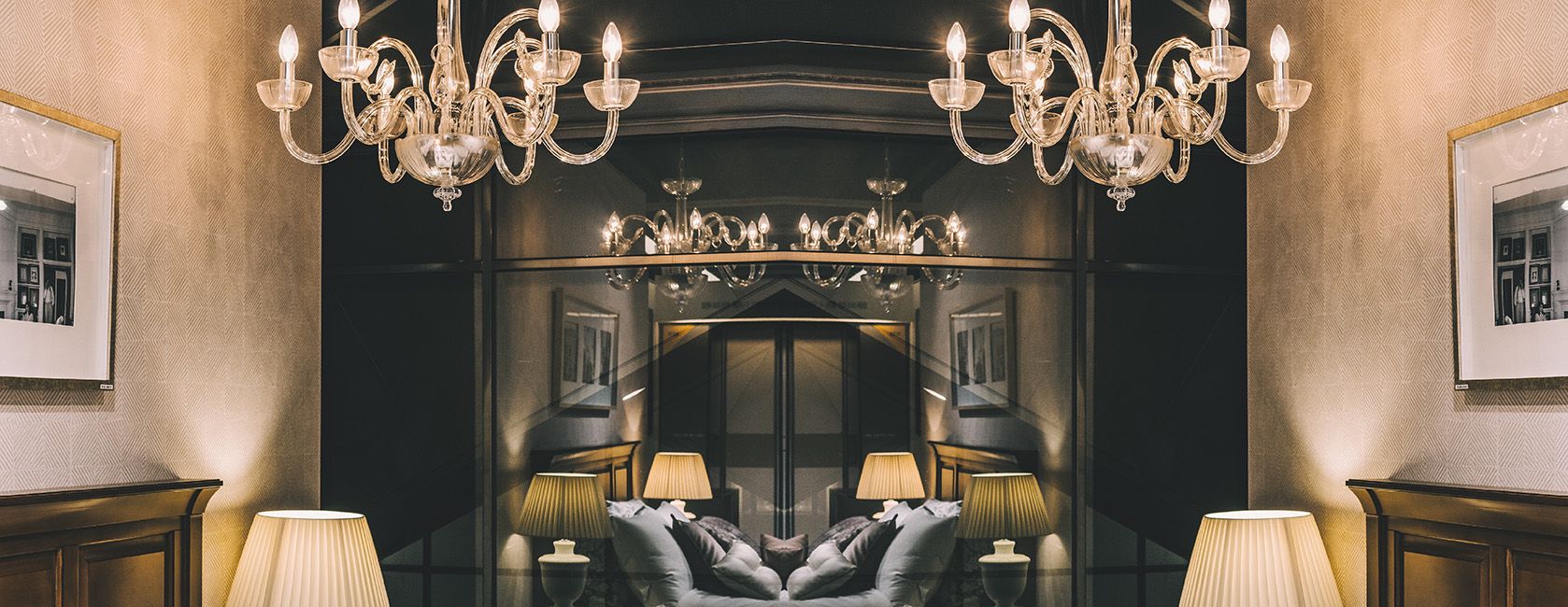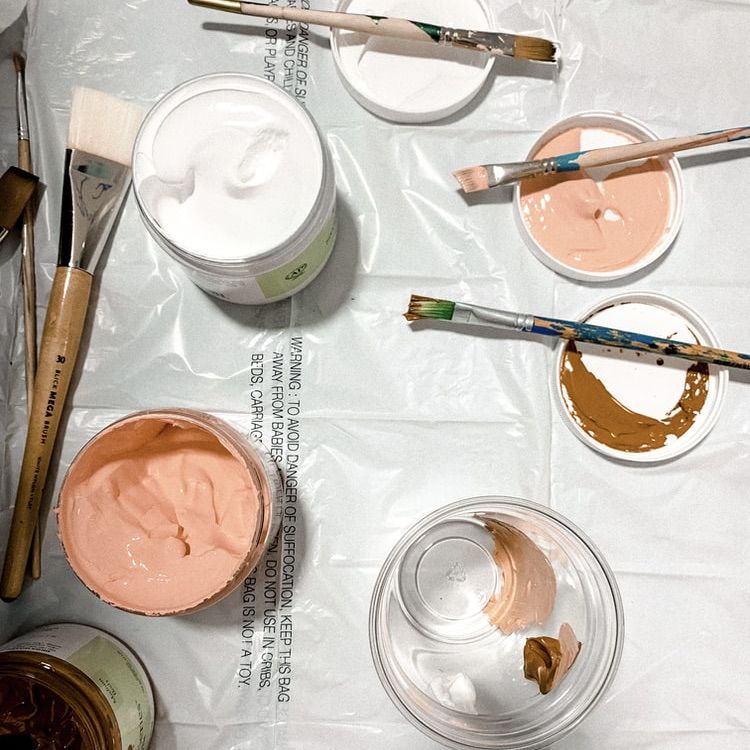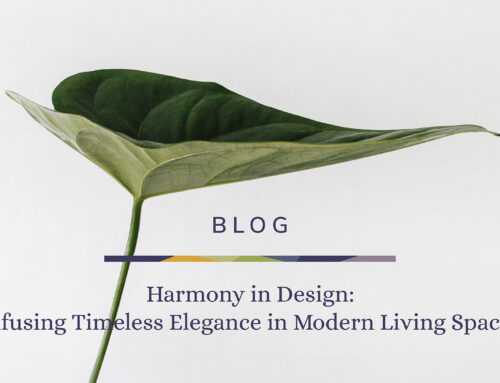
What to Know about Lighting & Painting your Home
“People have to understand that the color of an object won’t look the same 24 hours a day. I just had bamboo flooring installed throughout my house, and during the day it looks totally different than it looks at night.” says lighting designer Joseph Rey-Barreau.
The manner in which we see colour depends on two factors –
- Light: The light that the object absorbs. For instance, black absorbs all colours, blue absorbs red and white absorbs none.
- Source of light: Sunlight changes throughout the day and a room’s location plays a huge part in this. Artificial light however is solely dependent on the type of bulb you choose.
- How the light source works: Natural light (sunlight) changes throughout the day and is affected by a room’s location. Artificial light changes with the type of bulb you use.
How Sunlight Affects Colour
North-Facing Rooms
Light in north facing rooms generally appear cool and blue-is. Bolder colours are represented better than muted colours and all light colours will look dull.
West-Facing Rooms
The evening light in west-facing rooms is beautifully warm. Scanty morning light produces shadows that makes colours look dull.
East-Facing Rooms
Light coming in from the east is warm and yellow before noon and then turns blue later in the day. Rooms like this represent colours like red, orange and yellow in the best manner.
South-Facing Rooms
Rooms that attract high-in-the-sky light bring out the best in warm and cool colours. Therefore, dark colours will look brighter and lighter colours will virtually glow.
How Artificial Light Affects Colour
Incandescents
The warm light from these bulbs makes orange, red, yellow colours more vivid while muting cooler colours like blue and green.
Halogens
The white light emitted from these bulbs resembles natural light so makes all colours stand out. Halogens make the shift from natural daylight to artificial light less noticeable.
Compact Fluorescent Lights (CFL)
These bulbs produce warm white or a bluish-white light making cooler colours in a home look more vivid.
Light-emitting Diodes (LED)
LED’s are available in both warm and cool bulbs, making it the most color-friendly artificial light.
Fluorescents
The cool light from fluorescent bulbs enriches cooler colours like blue and green and makes them stand out.
How to Pick the Right Paint
- Paint squares of drywall with samples of the colours you are considering in your home. Move them around the respective room during the day and night to see how it looks.
- Contractors generally hang lights well after you paint your walls. However, you can get an approximation of the colour by placing the bulb of your choosing against the painted wall.
- Keep a mental note that natural and artificial light work together only at certain times of the day. You must turn on the artificial lights even during the day to see how this alters your perception of the colours in your home.
- The sheen of paint also affects the final colour on the wall. Flat/matte finishes are less reflective and don’t alter the way colours are represented. Glossy finishes, however, change the way a colour looks.
- Light coloured walls can reflect the colours of bold elements in your home. For example, a bright blue sofa can cast a bluish tone on a white wall.

The best way to transform your home within a budget and change the entire aesthetic is a new fresh coat of paint.
Besides protecting the walls of your home from bad weather, a quality paint job and the right lighting has a very refreshing effect on your home’s overall look and feel.








